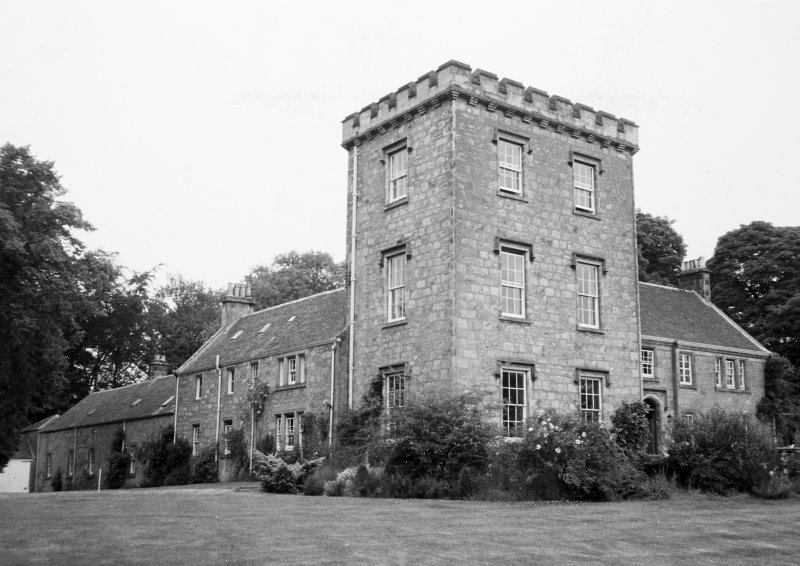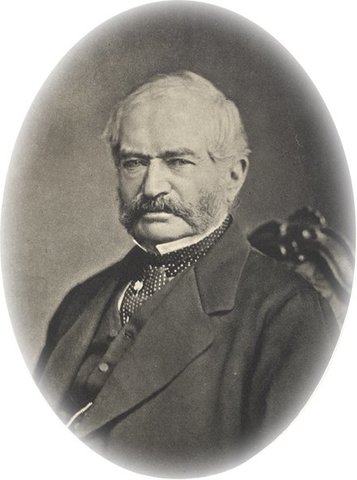Aberdona House lies a little way to the North of Forestmill in Clackmannanshire. Once owned by Sir Andrew Orr.

Image from www.canmore.org.uk
Built in an L-plan, the north wing is a rubble-stone two storey building , from the early 18th century. the south wing is a rubble-stone two storey building, from the mid 18th century.
The entrance hall was built circa 1835 and the impressive three storey Tudor style tower, located in the angle with battlemented top was built circa 1845.

Image from www.canmore.org.uk
The interior of the older parts has been considerably altered. The building was category C listed on 27th October 1976.
Sir Andrew Orr
Sir Andrew was baptised in Glasgow on 17th September 1801, the son of Mary Glen and Francis Orr, originally a pocket book maker at 15 Princes Street, who later founded Francis Orr & Sons stationers in Glasgow.

Sir Andrew Orr Drawing - Glasgow City Council
Andrew became a town councillor in 1842 and was elected Lord Provost of Glasgow in 1854. He was knighted by Queen Victoria in 1858. During his term in office, he lived at 5 Blythswood Square, previously the home of Dr John Burns.
He was a member of the Clyde Navigation Trust and served as its chairman 1854-1857. He was a prominent supporter of the Loch Katrine Waterworks scheme in 1852.
From 1849 to 1871 he was also Chairman of the Glasgow and South Western Railway Company. He retired to Harviestoun Castle near Tillicoultry, Clackmannanshire which he had bought in 1859 together with Castle Campbell. He purchased Aberdona House in 1860, and Sheardale House (now demolished) in 1861.

He was painted by Sir Francis Grant in 1871. He died at Bridge of Allan on 19 April 1872. His wife and infant child predeceased him.
